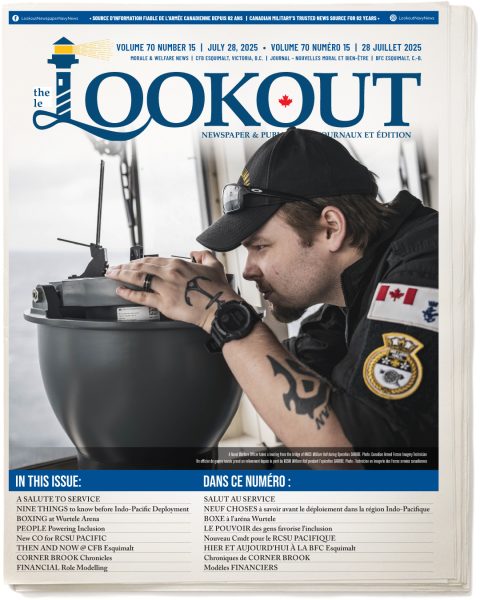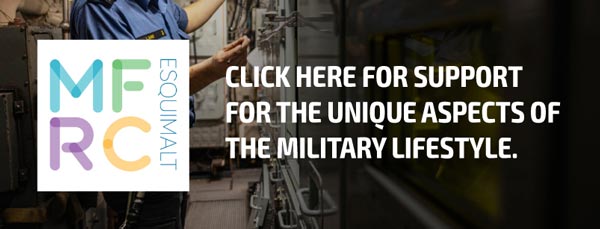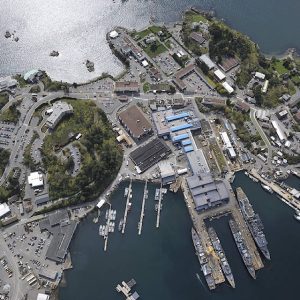
Tiddly rope work
[caption id="attachment_16591" align="alignnone" width="450"] Ordinary Seaman Olivier Gingras uses binoculars with a decorative strap knotted by the Deck Department. Photo by Royal Canadian Navy Public Affairs[/caption]SLt S.M. Anderson, HMCS Ottawa ~The colourful yellow, blue and white lines hang from a hook on the deck head in the small room under the flight deck of HMCS Ottawa.The lines and the sailor working on them, Ordinary Seaman Olivier Gingras, sway slightly with the movements of the ship as he creates a new binocular strap for the ship’s bridge. His fingers moving dexterously as he plaits the lines into a colourful, intricate whole, turning a simple binocular strap into a symbol of the history and tradition of the Royal Canadian Navy.Naval rope work is as much a symbol of the navy as an anchor or the naval crown. It is a mixture of unique knots and braids that form complex patterns and are used to cover items throughout the ship.Functional rope work can be used to reinforce hawsers or keep lines from chafing, and is a necessary skill when out at sea, far from replacement ropes.Decorative rope work with intricate patterns and colours that cover railings or bell pulls lends to the beauty and pride of a ship, and is an increasingly rare skill for modern sailors.“Rope work has to do with pride on an individual level,” says Chief Petty Officer Second Class John Kranz, Chief Boatswains Mate. “It identifies the ship’s colours as well as how skilled the Deck department is.”From the intricately patterned binocular straps on the bridge to the elaborate knot work on the ship’s paddles that hang in each of the messes, it is clear the art of rope work is alive and well in Ottawa.Ornamental rope work or “tiddly rope work” as the boatswains call it, is a...






























